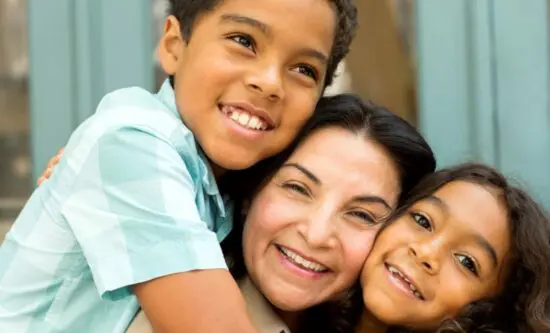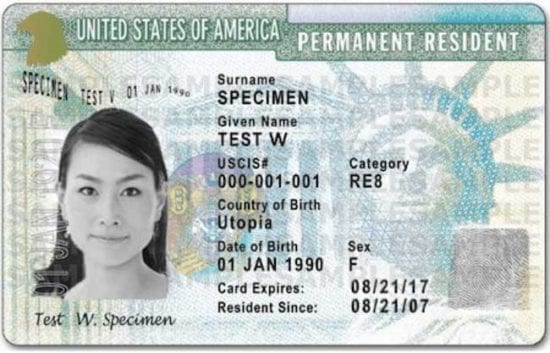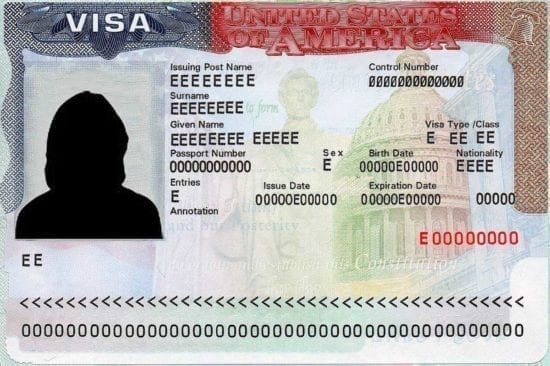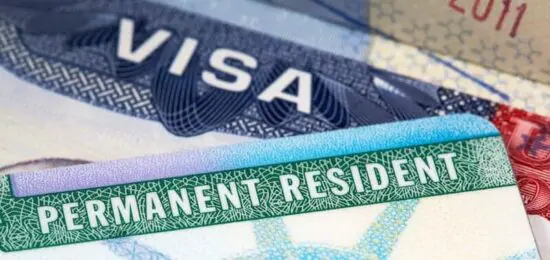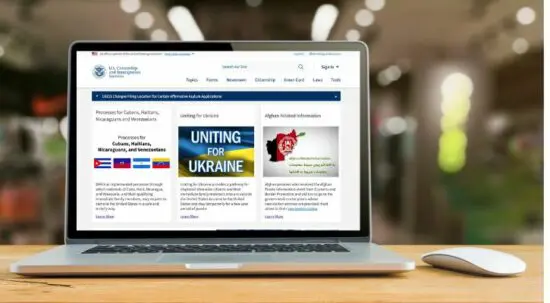Si es ciudadano estadounidense o residente permanente legal, visite nuestra página de inmigración familiar para obtener información sobre cómo solicitar a sus familiares.
Estado de la reunificación familiar
La nueva administración introdujo cambios en materia de inmigración que afectaron a la reagrupación familiar, como la pausa en la tramitación de los refugiados a través del Programa de Admisión de Refugiados de los Estados Unidos (USRAP). También impidió que las agencias de reasentamiento prestaran asistencia a refugiados, asilados y titulares de SIV.
Refugiados
- Las peticiones de familiares refugiados I-730 están en espera en la etapa de procesamiento consular. Todavía puede presentar su solicitud y USCIS está procesando las peticiones de seguimiento para unirse. Las embajadas y consulados de Estados Unidos no están entrevistando casos ni emitiendo documentación de viaje.
Asilados
- Las peticiones de familiares asilados I-730 no se ven afectadas. Todavía puede presentar su solicitud, y las peticiones de seguimiento para unirse están siendo procesadas por USCIS y en las Embajadas y Consulados de los EE. UU. en el extranjero. Podría haber cambios en cómo se manejan los casos de ciertos países afectados por la prohibición de viajar.
Titulares de SIV afganos e iraquíes
- La solicitud I-824 SIV de Seguimiento para Unión Familiar no se verá afectada. Todavía puedes aplicar, y los casos se están procesando. La asistencia para viajar ya no está disponible. Debes organizar tu propio viaje.
Personas afganas en libertad condicional
- La Reunificación familiar de afganos en libertad condicional está suspendida. Todavía puedes enviar el formulario DS-4317, pero el programa está en pausa y probablemente no se reinicie.
Iraquíes y sirios
- El Programa de Acceso Directo P-2 está suspendido. No puedes aplicar ni traer a tu familia a los Estados Unidos en virtud del programa especial USRAP I-130. Todavía puedes solicitar la inmigración familiar mediante el proceso regular I-130.
Padres de menores en América Central
- El Programa de Menores Centroamericanos (CAM) está suspendido. No puedes aplicar ni traer a tu familia a través del CAM, todos los casos están actualmente en pausa.
Programa de Declaración Jurada de Relación P-3
- El Programa P-3 está suspendido. Los refugiados, asilados y titulares de SIV en los Estados Unidos actualmente no pueden solicitar la reunificación familiar a través de un AOR.
Programas para refugiados y asilados
Hay programas especiales en los Estados Unidos para ayudar a los refugiados y asilados a reunirse con sus familiares. Estos incluyen el Formulario I-730 y una declaración jurada de relación (AOR) para refugiados, asilados y SIV con familias en países de alta prioridad.
Estos programas ofrecen varios beneficios importantes que incluyen:
- No hay tarifas de solicitud
- Tu familiar recibirá el mismo estatus legal con el que llegó (esto se llama estatus derivado)
- Puedes presentar una solicitud cuando llegues como refugiado o cuando te concedan asilo (no tienes que esperar hasta obtener tu Green Card)
- A veces puede ser más rápido que otros procesos.
Es importante que solicites estos programas tan pronto como puedas. Si no cumples con la fecha límite para presentar la solicitud, aún podrás solicitar la reunificación familiar a través del proceso I-130 como titular de la Green Card o ciudadano de los Estados Unidos, pero no obtendrás los mismos beneficios.
Formulario I-730, Petición de Familiar de Refugiado y Asilado
¿Qué es el formulario I-730?
Si llegaste a los EE.UU. como refugiado o se te ha otorgado asilo, puedes presentar una solicitud para tus familiares inmediatos utilizando el Formulario I-730. Este programa solo te permite solicitar a los miembros de su familia inmediata. Esto incluye:
- Cónyuges
- Hijos solteros menores de 21 años
Padres, hermanos, primos, tías, tíos y abuelos no califican bajo el programa de reunificación familiar de refugiados y asilados.
Presentar el Formulario I-730 es la forma principal de solicitar que un miembro de tu familia venga a los Estados Unidos. Debes presentar la solicitud dentro de los 2 años de haber llegado a los EE. UU. como refugiado o de haber recibido asilo.
Cómo aplicar
Los refugiados y asilados pueden presentar el Formulario I-730 ante el USCIS. Tu agencia de reasentamiento puede ayudarte a encontrar un representante legal que pueda ayudarte a que llenes los formularios correctamente y a reunir los documentos requeridos.
- Solicitante principal: la persona que presenta una solicitud pidiendo que su familiar venga a los Estados Unidos. También se les conoce como los peticionarios.
- Solicitante derivado: el miembro de la familia para quien el peticionario ha presentado la solicitud. También se les conoce como beneficiario o asilado/refugiado derivado de reunificación.
¿Quién puede presentar una solicitud? |
Refugiados y asilados |
Fecha límite |
Debes presentar tu solicitud dentro de los 2 años de haber ingresado a los Estados Unidos como refugiado o haber sido concedido el estatus de asilo. |
Familiares |
Cónyuge e hijos solteros menores de 21 años (en el momento en que te concedieron el estatus de refugiado o asiliado) |
Formulario |
Presenta el Formulario I-730 con los documentos de respaldo, incluida la prueba de estatus, las relaciones familiares y las fotos de los miembros de la familia |
Tarifas |
Sin coste |
Tiempo de procesamiento |
|
Entrevista |
Si USCIS determina que tu familiar es elegible, programarán una entrevista con tu familiar.
El oficial revisará la solicitud de tu familiar y tomará una decisión sobre si está calificado para viajar a los Estados Unidos. |
Viaja a los Estados Unidos |
Si se aprueba, se deben completar más trámites y pasos requeridos antes de viajar. Tendrán que organizar su propio viaje. |
Declaración Jurada de Relación (AOR)
Un AOR es un documento legal que demuestra tu relación familiar con tu pariente en el extranjero. La presentación de un AOR conecta tu caso con el caso de tu familiar. Esto puede ayudar a los miembros de tu familia a reasentarse en tu ubicación.
Los refugiados, asilados y titulares de SIV en los Estados Unidos actualmente no pueden solicitar la reunificación familiar a través de un AOR. Anteriormente, se podía presentar un AOR para los padres, el cónyuge y los hijos solteros menores de 21 años que tuvieran estatus de refugiado.
Programas para familias afganas
Los afganos tienen diferentes opciones para reunirse con sus familiares, según su estatus. Si tienes estatus de refugiado o asilo, sigue las instrucciones proporcionadas anteriormente. Para residentes permanentes, puedes encontrar información aquí. También hay opciones específicas para otros estados exclusivos de los afganos, entre ellos, los siguientes:
- Si eres un afgano que se ajustó al estatus de Inmigrante Especial mientras estás en los Estados Unidos, es posible que tu cónyuge o hijos se agreguen a tu caso de SIV. Debes presentar el Formulario I-824. Si USCIS aprueba tu solicitud, el NVC se comunicará contigo y tus familiares para comenzar el proceso de solicitud de SIV.
- La Reunificación familiar de afganos en libertad condicional está suspendida. Todavía puedes enviar el formulario DS-4317, pero el programa está en pausa y probablemente no se reinicie.
Encuentra ayuda legal
Es importante obtener asesoramiento legal para comprender tus opciones. Tu agencia de reasentamiento puede ofrecerte apoyo. Las organizaciones y los abogados también pueden ayudarte. Aprende cómo encontrar servicios legales gratuitos o de bajo costo.

Conoce cómo protegerte de los notarios y los sitios web falsos. Aprende qué hacer si has sido víctima de un fraude.
La información de esta página procede de UNHCR, USCIS, CLINIC, y otras fuentes de confianza. Nuestro objetivo es ofrecer información fácil de entender que se actualice con regularidad. Esta información no constituye asesoramiento legal.
